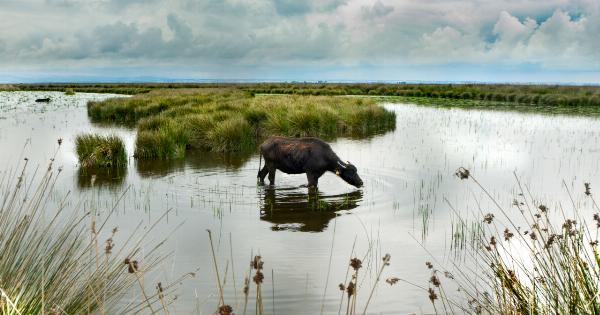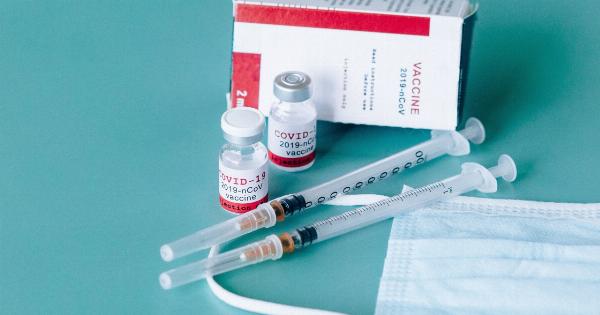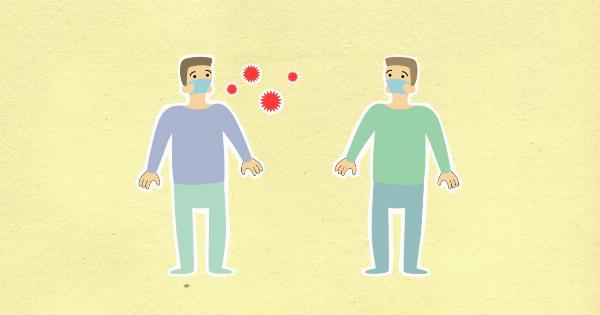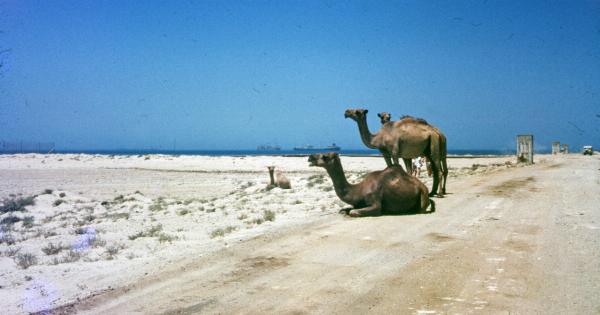The Sickness 43 refers to a mysterious illness that has been spreading rapidly across the globe. Although it initially appeared isolated to a certain region, the sickness has quickly become a global concern, affecting people of all ages and backgrounds.
Medical professionals are scrambling to understand the nature and origins of this illness, while governments and communities struggle to contain its spread. In this article, we will explore the symptoms, possible causes, and current efforts to combat The Sickness 43.
Origins and Spread
The first recorded cases of The Sickness 43 were reported in a small village in a remote part of the world. Initially, health officials believed it to be a localized outbreak, similar to other viral illnesses.
However, within days, new cases began appearing in nearby towns and cities. This rapid spread alarmed authorities, leading to the declaration of a global health emergency.
Symptoms and Effects
The symptoms of The Sickness 43 vary from person to person, but some common indicators include high fever, severe cough, difficulty breathing, and fatigue. In severe cases, patients may develop pneumonia or acute respiratory distress syndrome.
The illness has a high mortality rate, especially among elderly individuals or those with weakened immune systems. The long-term effects of surviving The Sickness 43 are still being studied, but some survivors have reported persistent fatigue, lung damage, and psychological trauma.
Possible Causes
Scientists and medical experts are diligently working to identify the cause of The Sickness 43. Initial investigations suggested a connection to a particular animal species, similar to other zoonotic diseases.
However, no definitive link has been established yet. The rapid transmission of the illness has prompted suspicions of airborne transmission, while others believe it may be through direct contact with infected individuals or contaminated surfaces.
Global Response
Governments and health organizations around the world have implemented various measures to combat and contain The Sickness 43.
These include travel restrictions, quarantine protocols, extensive testing, and research into potential treatments and vaccines. The global collaboration among scientists and researchers has been unprecedented, with institutions sharing data and insights in real-time.
Challenges and Impact
The Sickness 43 has posed numerous challenges for healthcare systems and societies worldwide. Hospitals have struggled to cope with the surge in patients, often facing shortages of medical supplies and personnel.
The economic impact has been significant, with businesses shutting down, job losses, and financial instability for many individuals. The mental health toll on individuals and communities has also become a pressing concern, as fear and uncertainty continue to dominate daily life.
Individual and Community Prevention
While the search for effective treatments and preventive measures continues, individuals and communities are advised to follow guidelines issued by health authorities.
Regular handwashing, maintaining social distance, wearing masks in public, and avoiding large gatherings are among the recommended preventive measures. Staying informed through reliable sources and supporting vulnerable individuals in the community are also crucial steps in preventing the further spread of The Sickness 43.
Hope for the Future
Despite the seemingly gloomy circumstances surrounding The Sickness 43, there is hope on the horizon. Scientists and researchers are making significant strides in understanding the virus and developing potential treatments.
Clinical trials for vaccines are underway, offering a glimmer of optimism. Moreover, the strength and resilience of communities coming together during these challenging times demonstrate humanity’s ability to overcome such crises.
The Road to Recovery
As the world continues to grapple with The Sickness 43, it is crucial to recognize and address the long-term impacts it has had on society.
Rebuilding healthcare systems, providing support for affected individuals and businesses, and investing in scientific research are vital steps on the road to recovery. By learning from this experience, we can enhance our preparedness for future threats and ensure a healthier and more resilient global community.





























